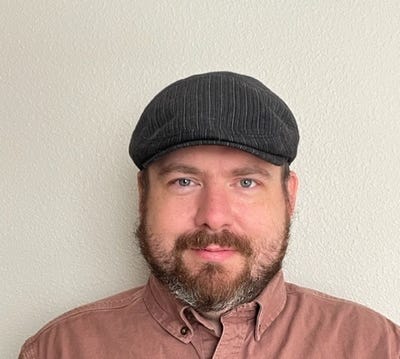Rejuvenate Bio lands $4m grant for gene-therapy researchRejuvenate Bio lands $4m grant for gene-therapy research
The firm’s CEO says manufacturing prices for the traditionally expensive treatments will decrease as technology improves.

Gene-therapy developer Rejuvenate Bio was recently awarded $4 million by the California Institute for Regenerative Medicine (CIRM) to pursue investigational new drug (IND) activities for RJB-0402 to treat desmoplakin gene variant arrhythmogenic cardiomyopathy (DSP ACM).
Rejuvenate Bio will use the funds to perform confirmatory animal studies in mice and non-human primates; support manufacturing scale-up through helping attain representative good manufacturing practice (GMP) materials; and perform patient outreach.
The therapy is currently manufactured by an undisclosed contract development and manufacturing organization (CDMO) based in the US. It is produced using a triple transfection suspension cell-line process before it is delivered as a one-time therapy to patients.
BioProcess Insider spoke with Rejuvenate Bio CEO and cofounder David Oliver about the development and manufacturing of RJB-0402. According to Oliver, the therapy uses a known cardiometabolic-associated protein called FGF21 to treat patients. The therapy is delivered to the liver, which then creates FGF21 and secretes it into the bloodstream.
Oliver said the therapy is notable for having “really robust effects in the heart even though we aren’t directly infecting the heart with our gene therapy.”
Rejuvenate Bio’s gene-therapy technology was developed by cofounders Noah Davidsohn and George Church. Although the company is seeking to market its therapy for DSP ACM, Oliver said that it has potential to treat a broader range of indications and “use it as a base to move into subsequent cardiac and metabolic diseases.”
Living with arrhythmogenic cardiomyopathy
Arrhythmogenic cardiomyopathy is caused by a genetic defect on the surface of the heart muscle cells wherein the interlinking chains between cardiac cells are compromised. Over time, such problems lead to structural defects in the heart. “Heart cells are literally ripping themselves apart from each other,” Oliver said.
People often discover they have the disease in their 20s or 30s during strenuous exercise. “These folks don’t really know that they have a genetic variant that’s going to drive them into arrhythmogenic cardiomyopathy.”
A person can wake up in a hospital with an implanted defibrillator after having gone through an arrhythmia storm that has sent them into cardiac arrest, he told us. A defibrillator can save a person from the acute trauma of cardiac arrest, but it won’t protect them from an ever-increasing arrhythmia burden.
Other standard-of-care treatments offer similar short term benefits. Doctors often prescribe drugs that can delay the progression of disease and control arrhythmias, but still result in structural damage and congestive heart failure.
Tackling manufacturing challenges in gene therapy
“Manufacturing is a huge part of making sure that we’re able to create these therapies at the scale that is needed for our ambitions, which is not just treating 1,000 patients, but literally millions of patients.” The industry is working to address the prices of gene therapies, which sometimes cost millions of dollars per dose, making them inaccessible to patients.
“I’m happy to report that as these gene therapies start going after more prevalent indications the manufacturing and technologies are already here.”
In discussing how efficiency gains have changed the landscape of gene-therapy manufacturing, Oliver compared the process to engineering, where a process modification might result in a 50% improvement. “With biology, a lot of the things are order-of-magnitude changes.” As an example, he said that improved cell lines can increase yields by three or four times.
He then discussed how far the industry has come since the first gene therapies were approved by the FDA. He said that such therapies were developed with manufacturing technologies that were already ten years old at the time, and that current therapies benefit from 20 years of improvement. “[The industry] has come a long way since those initial gene-therapy programs picked their manufacturing technology.”
Such therapies will be affordable not only for humans, but eventually for pets as well, he added, even when considering the fact pet owners will have to pay for them out of pocket.
An unlikely start
Oliver took an unusual path into the biotechnology sector, having begun his career as a mechanical engineer.
As a student at the California Institute of Technology (Caltech), he designed an improved wheelchair for people living in developing countries. He learned skills that stretched beyond science and engineering and inspired him to seek a Master of Business Administration (MBA) so he could finance and run an organization that could help people.
Having a smart friend in Davidsohn also helped, even if neither man could have predicted where they would end up when they started their respective careers.
“Neither Noah nor I were biology majors in undergrad[SD1] . Noah was an applied physics major, and I was a mechanical engineer. If you’d told me at the time that I’d be knee-deep in biotech, I would have told you you’re crazy.”
But in the end, shifting his career to one focused on gene-therapy technology has made for a worthwhile endeavor. Said Oliver, “I truly believe this is one of the few ways you can make positive benefits in the world on a grand scale.”
About the Author
You May Also Like








